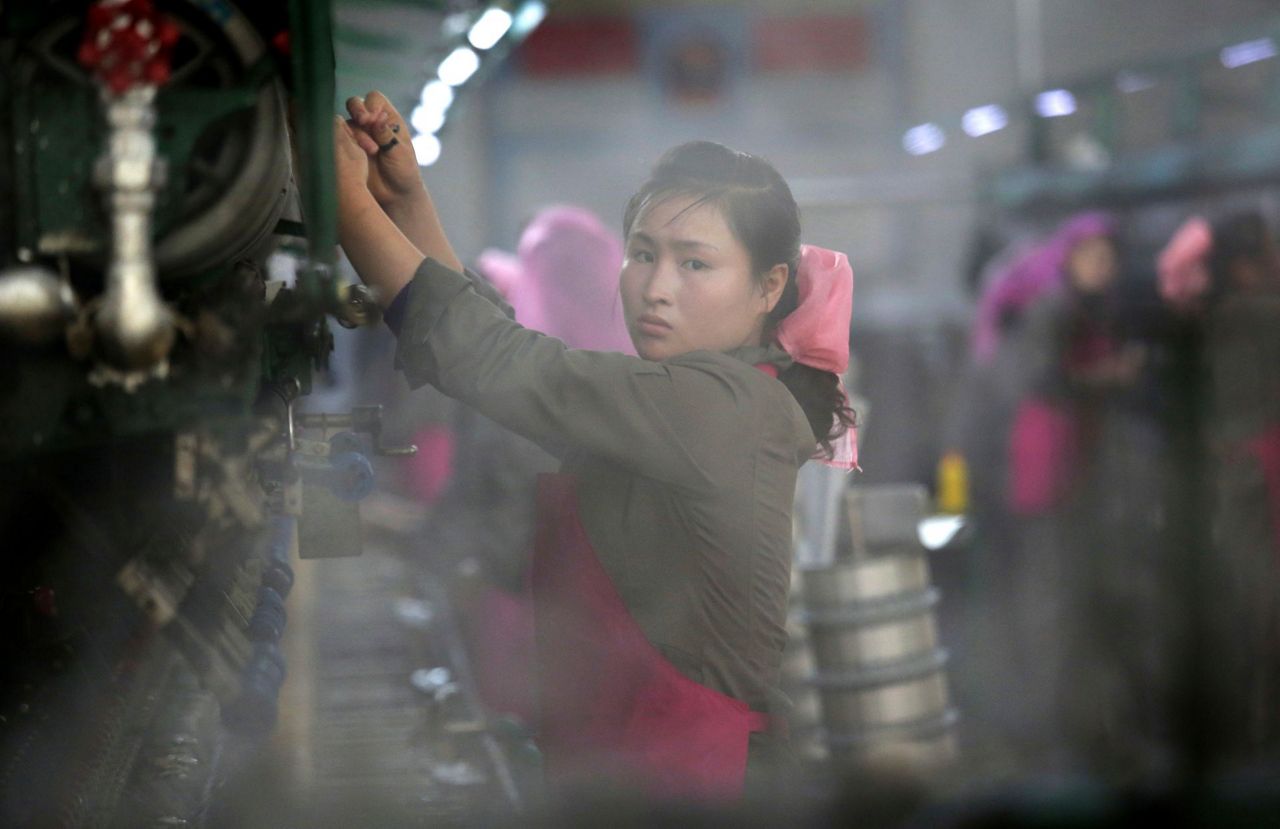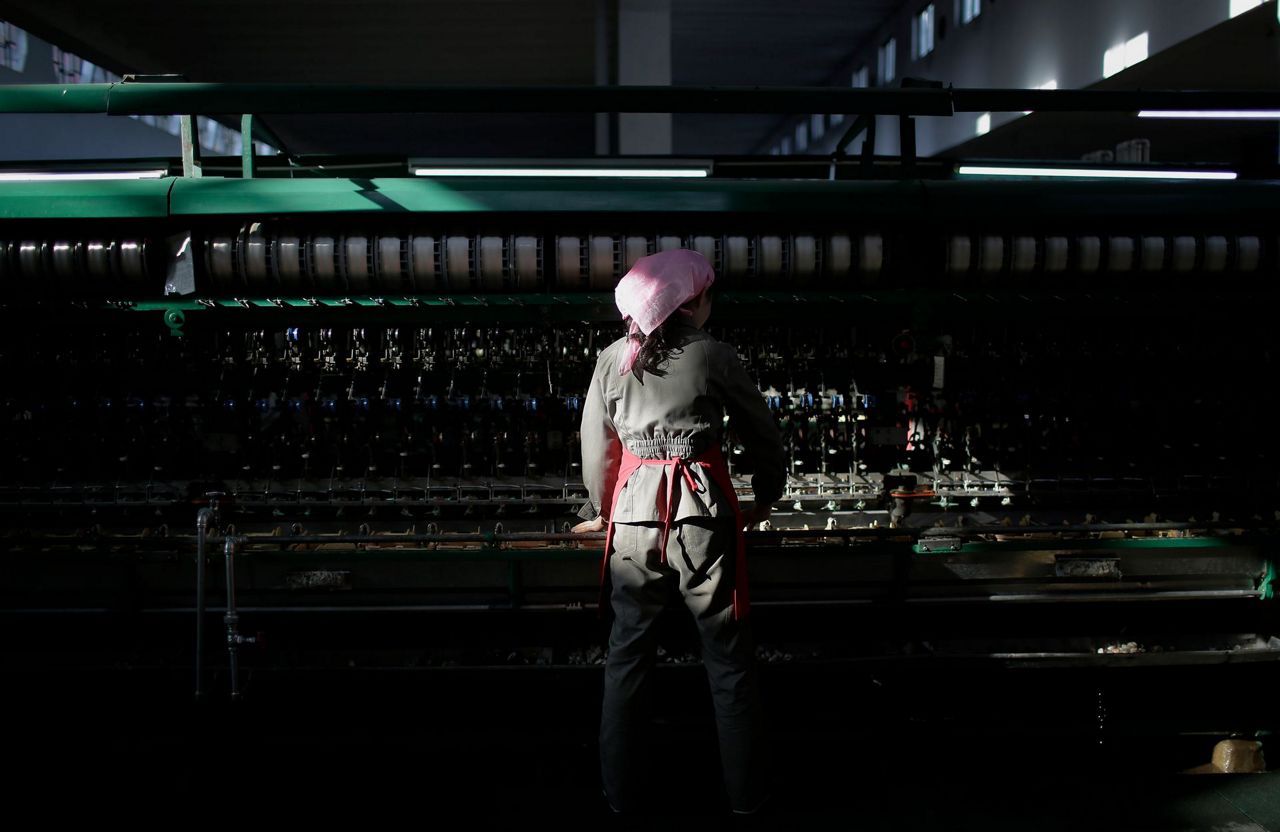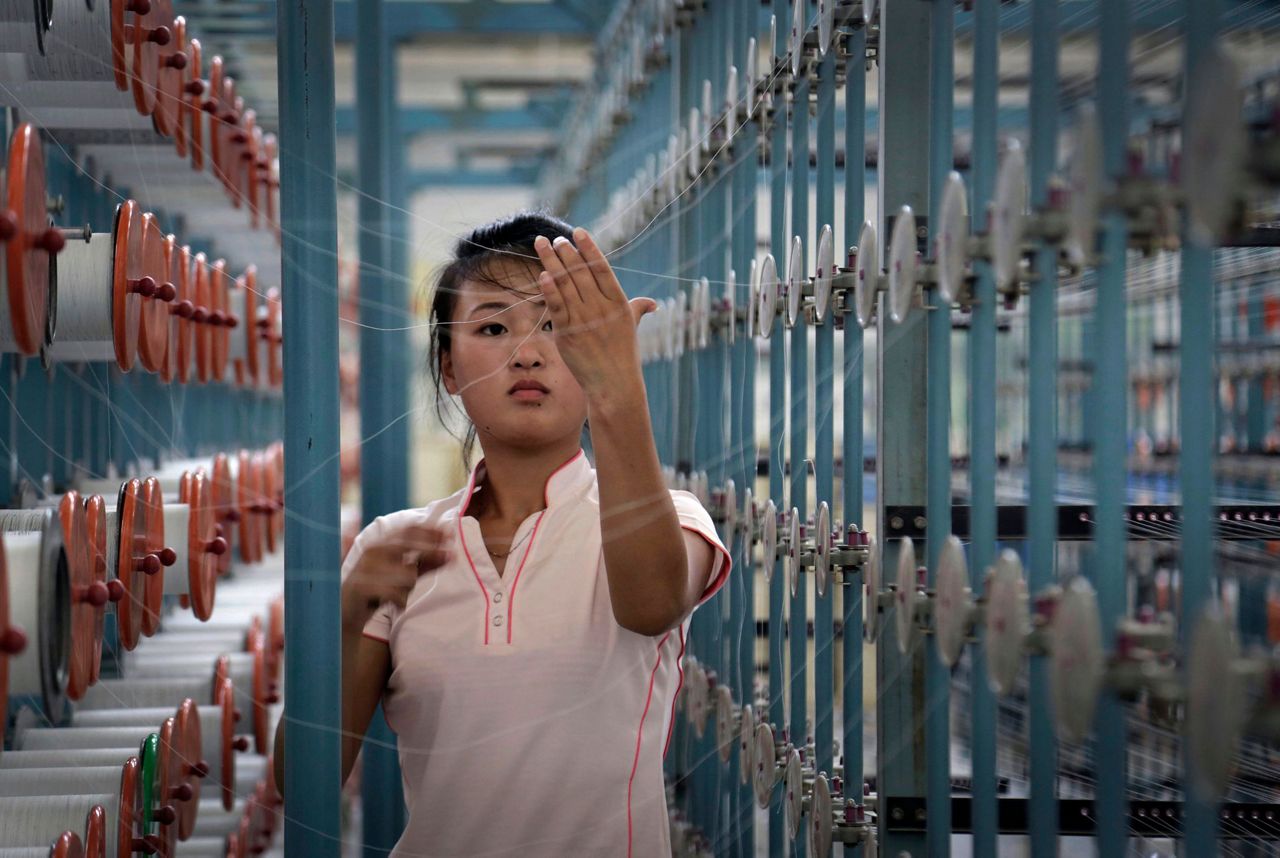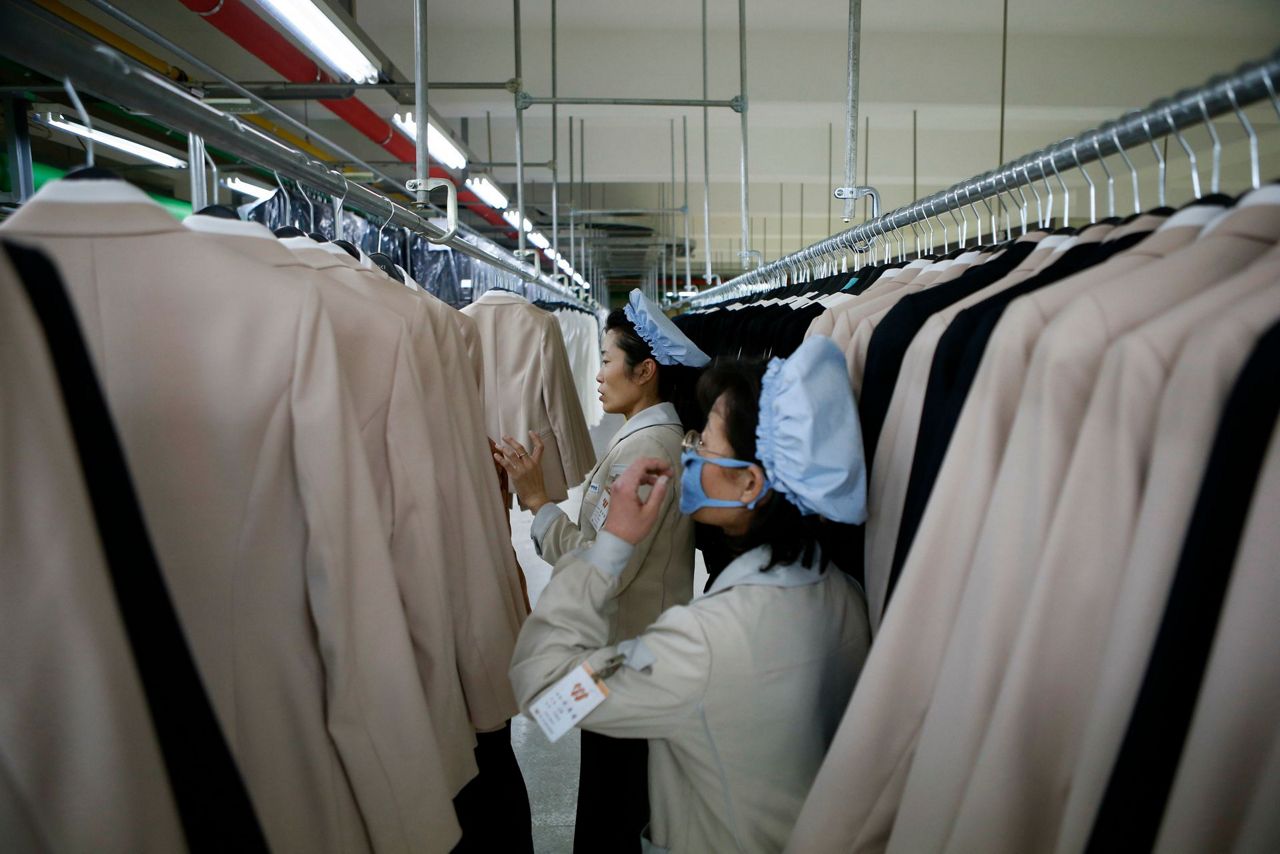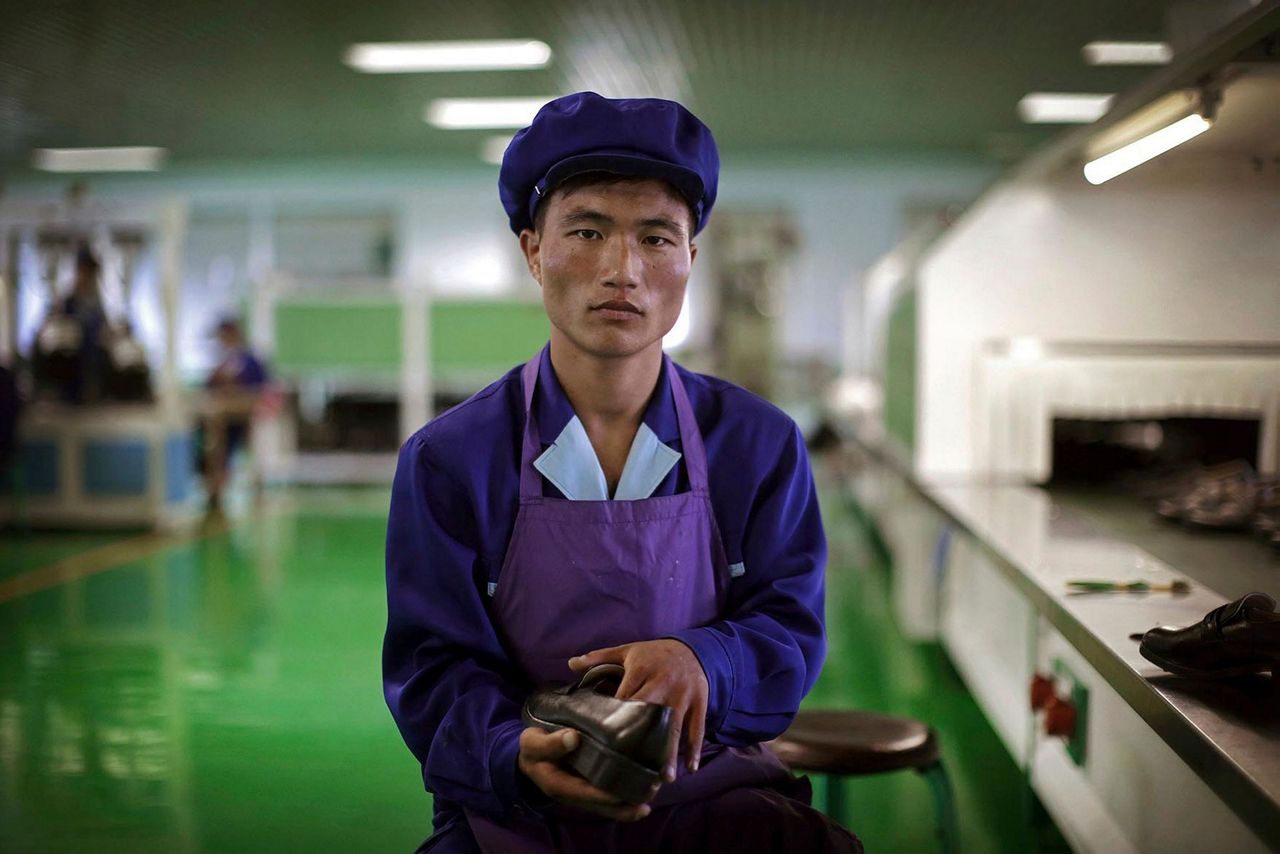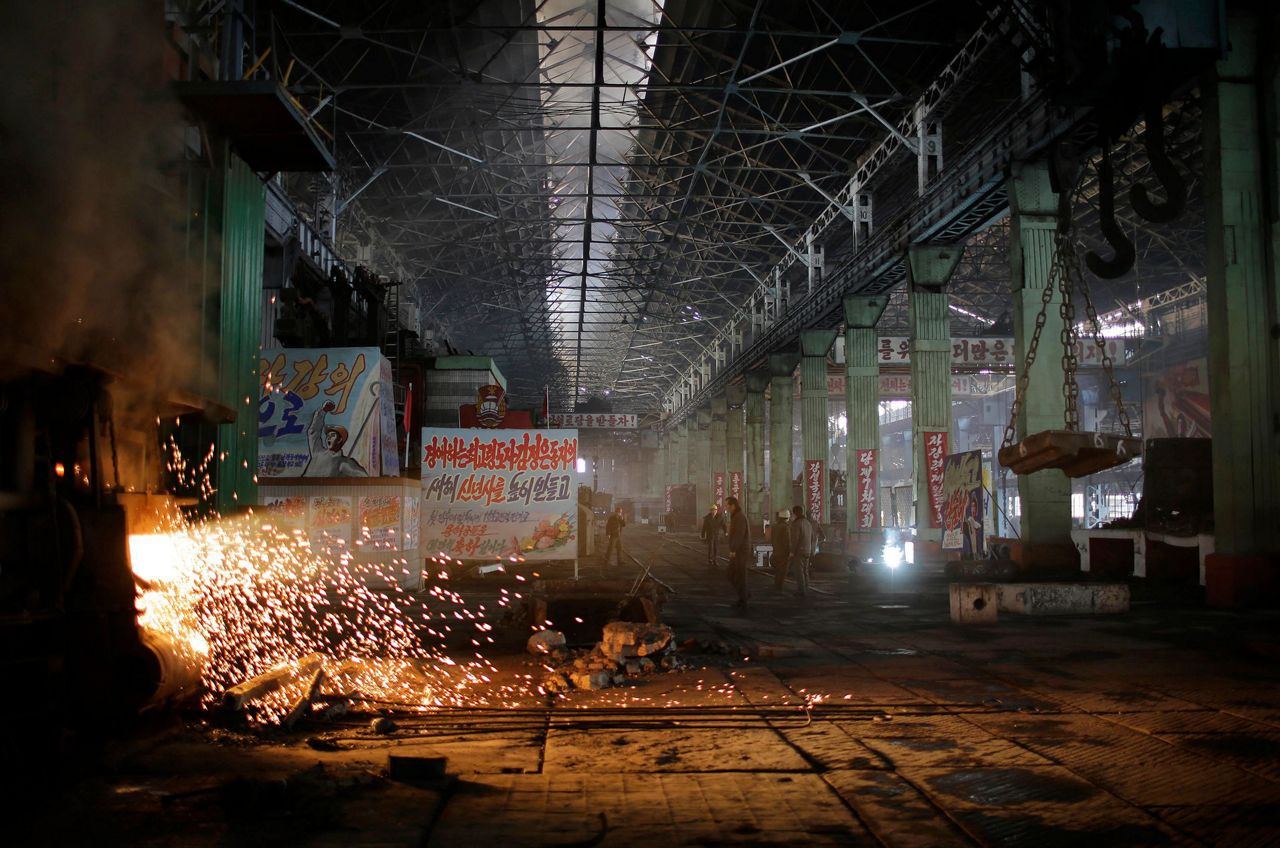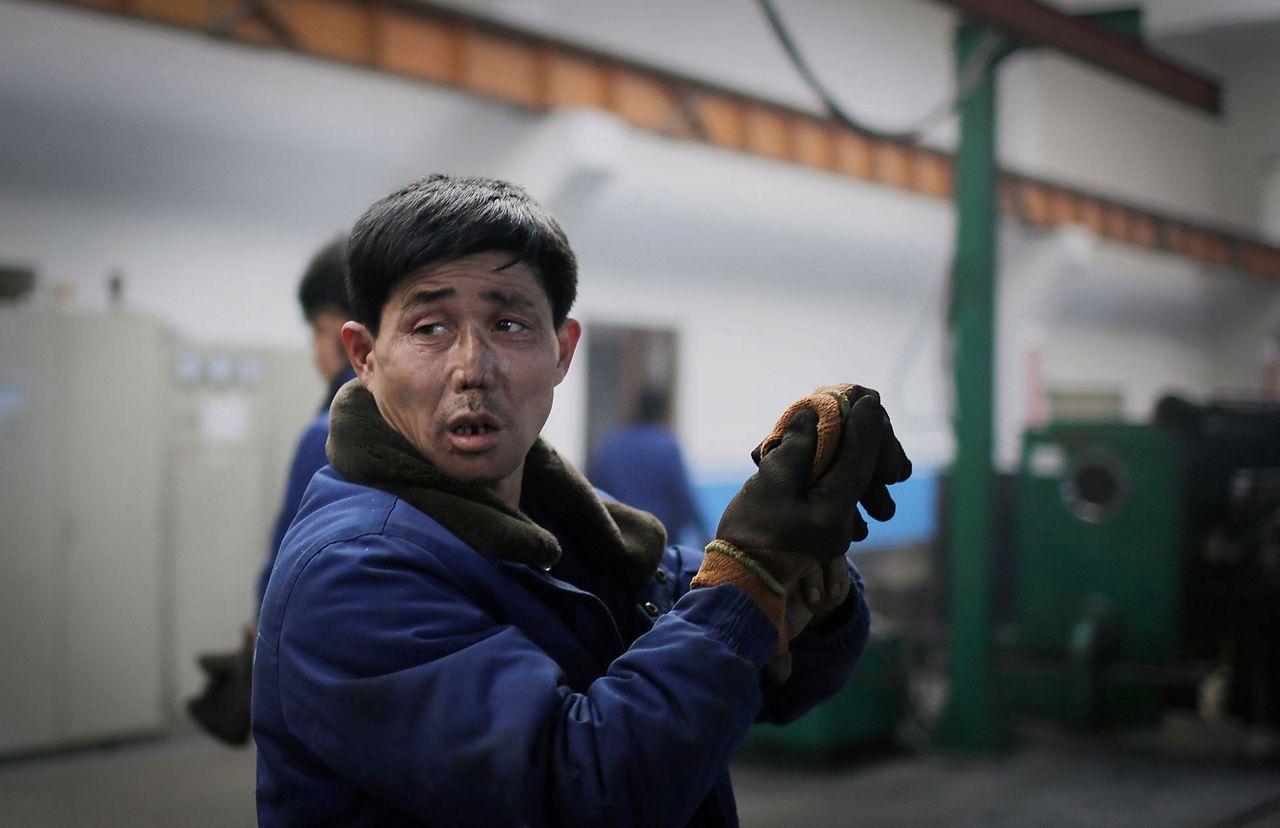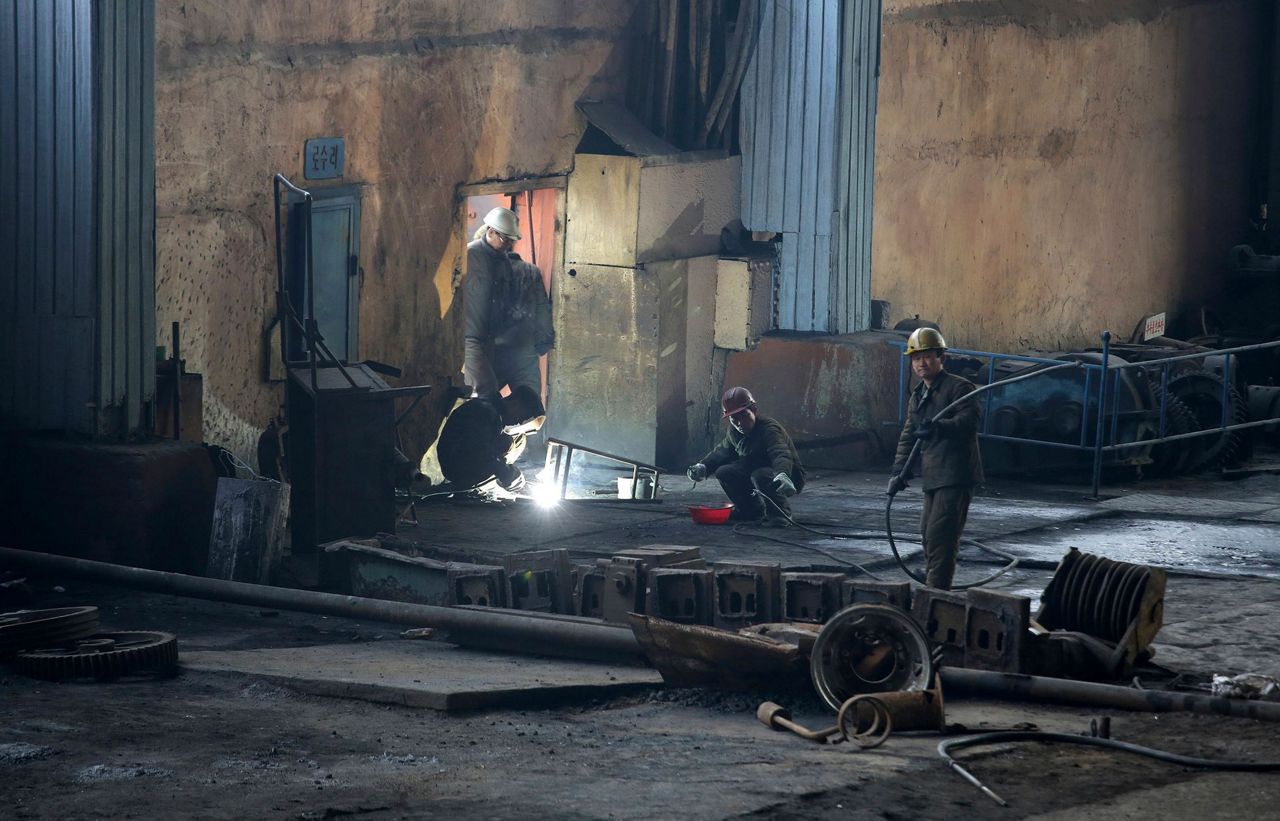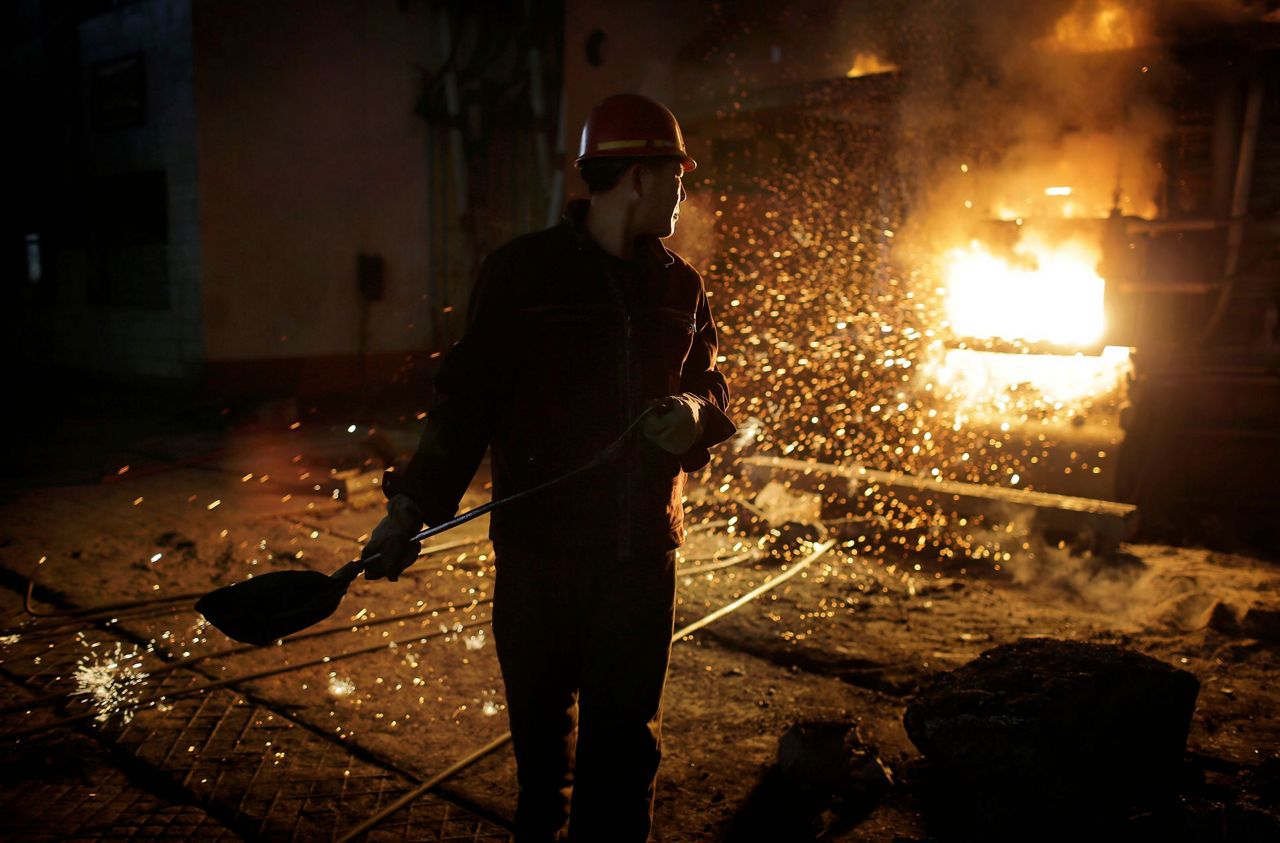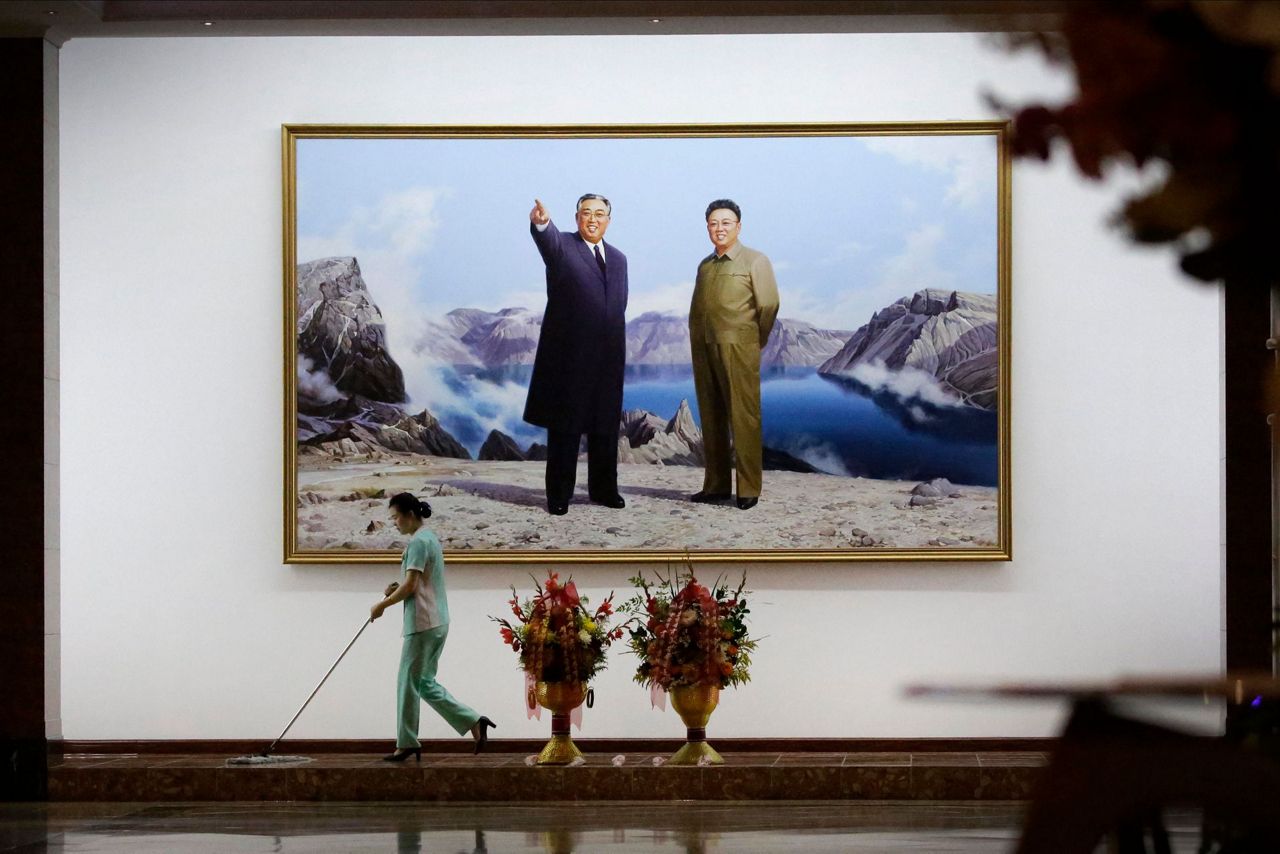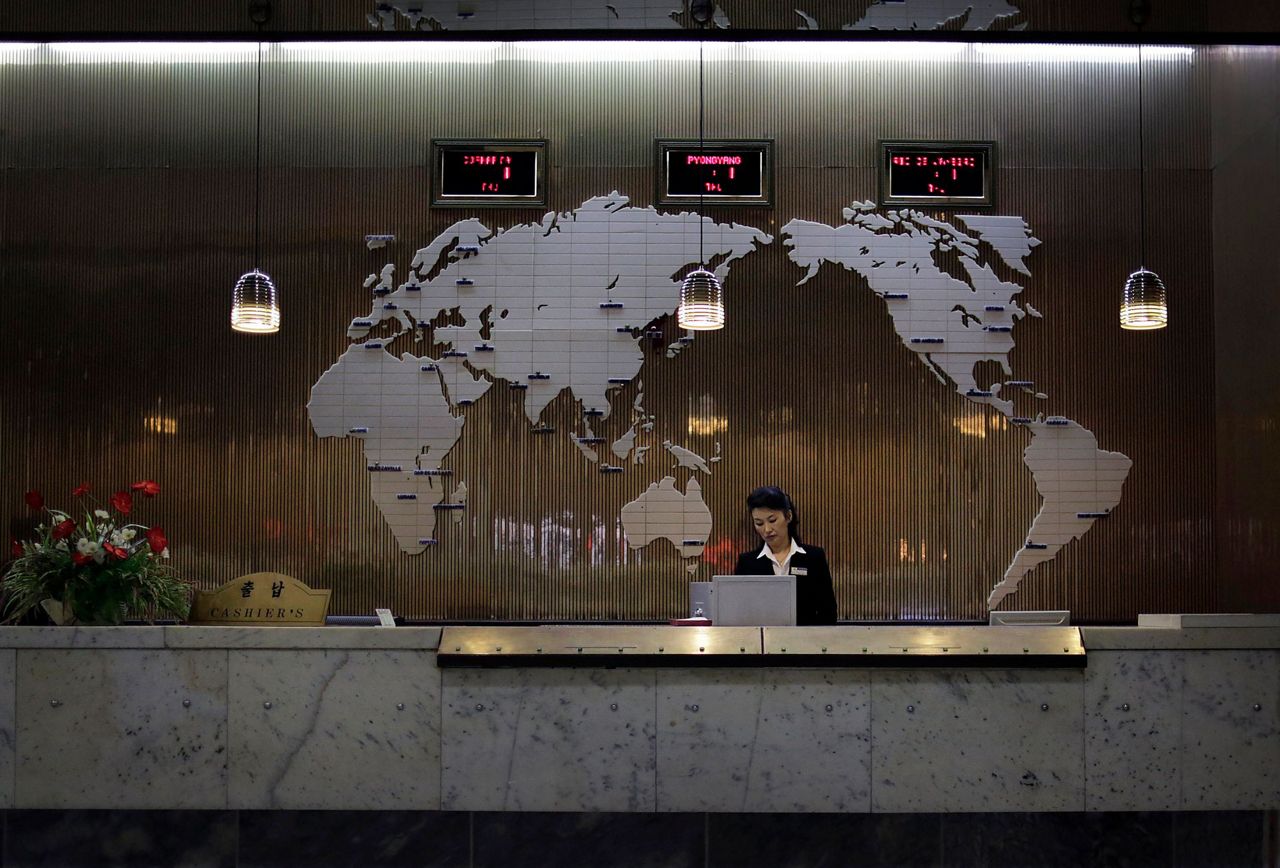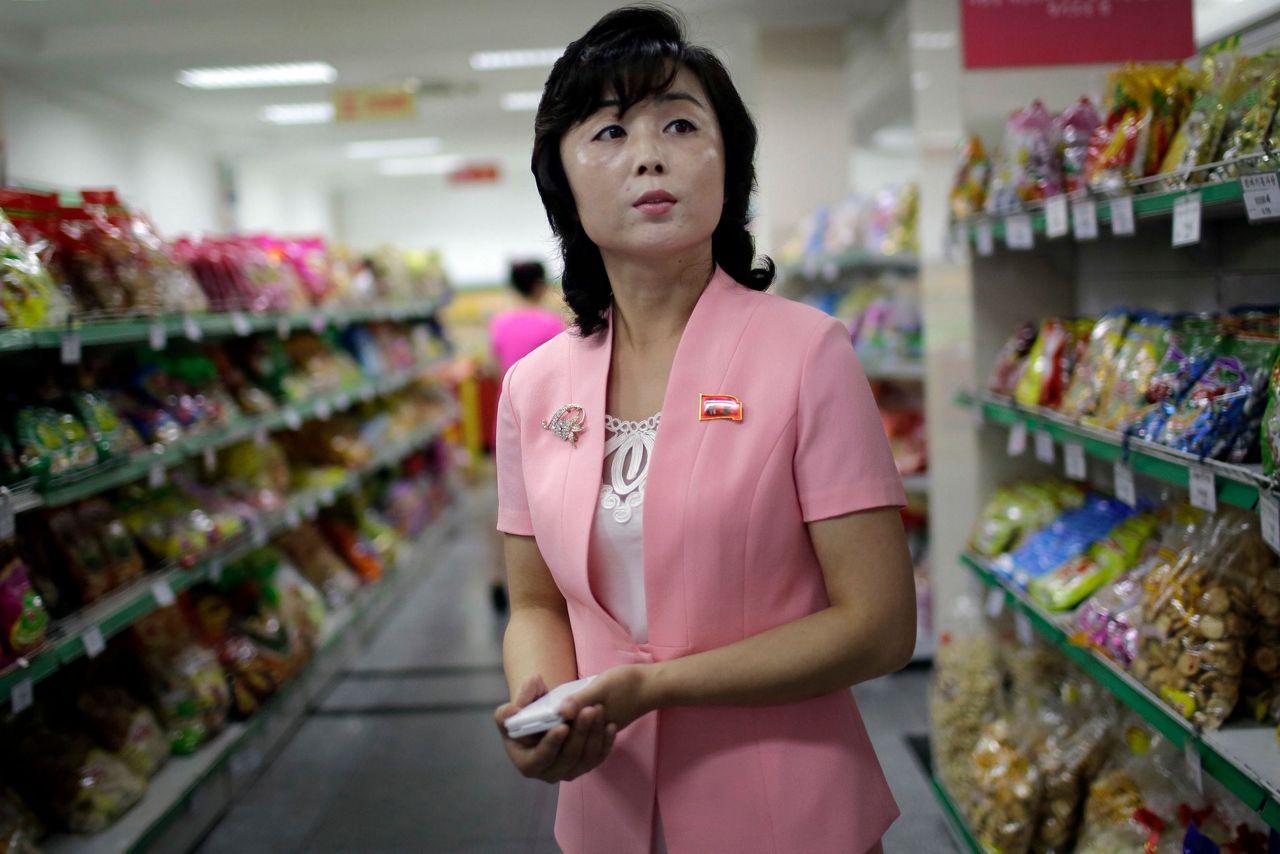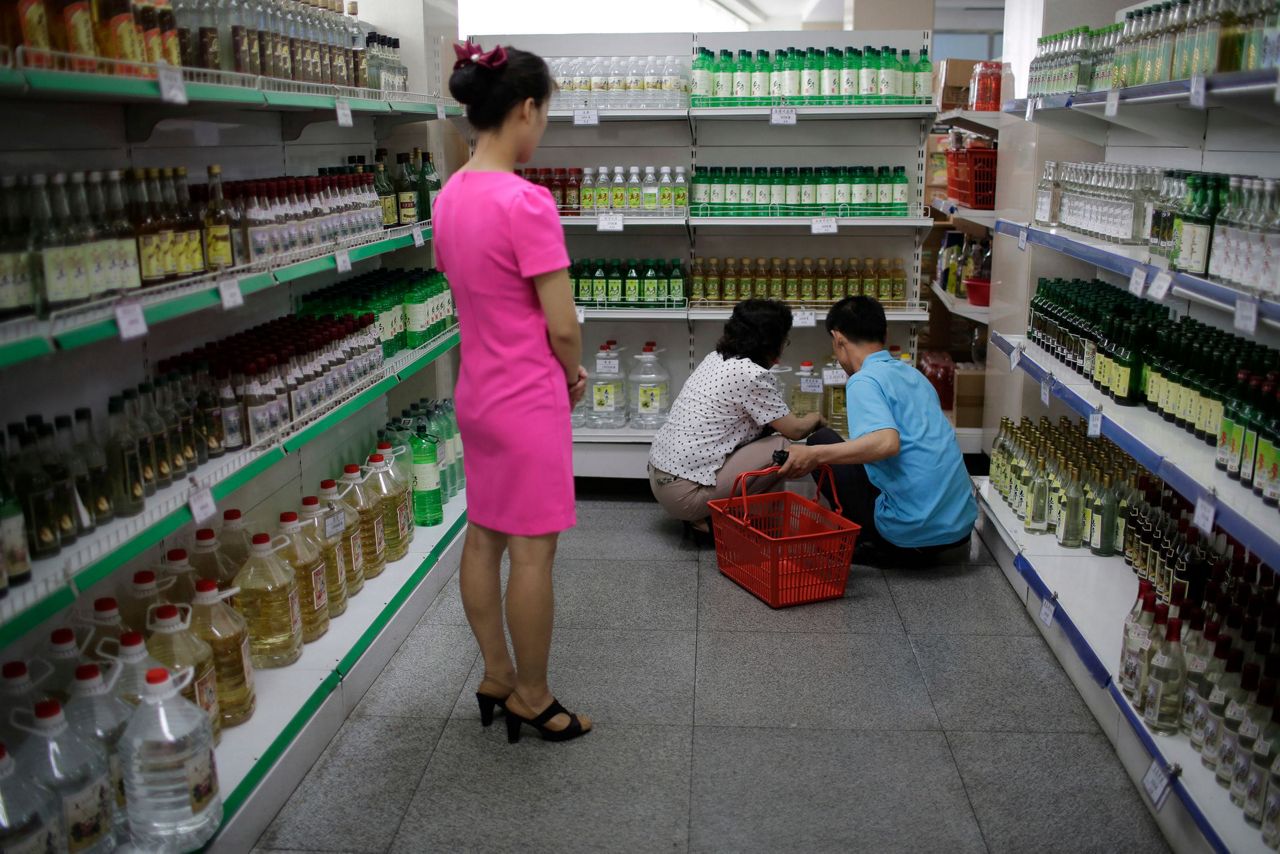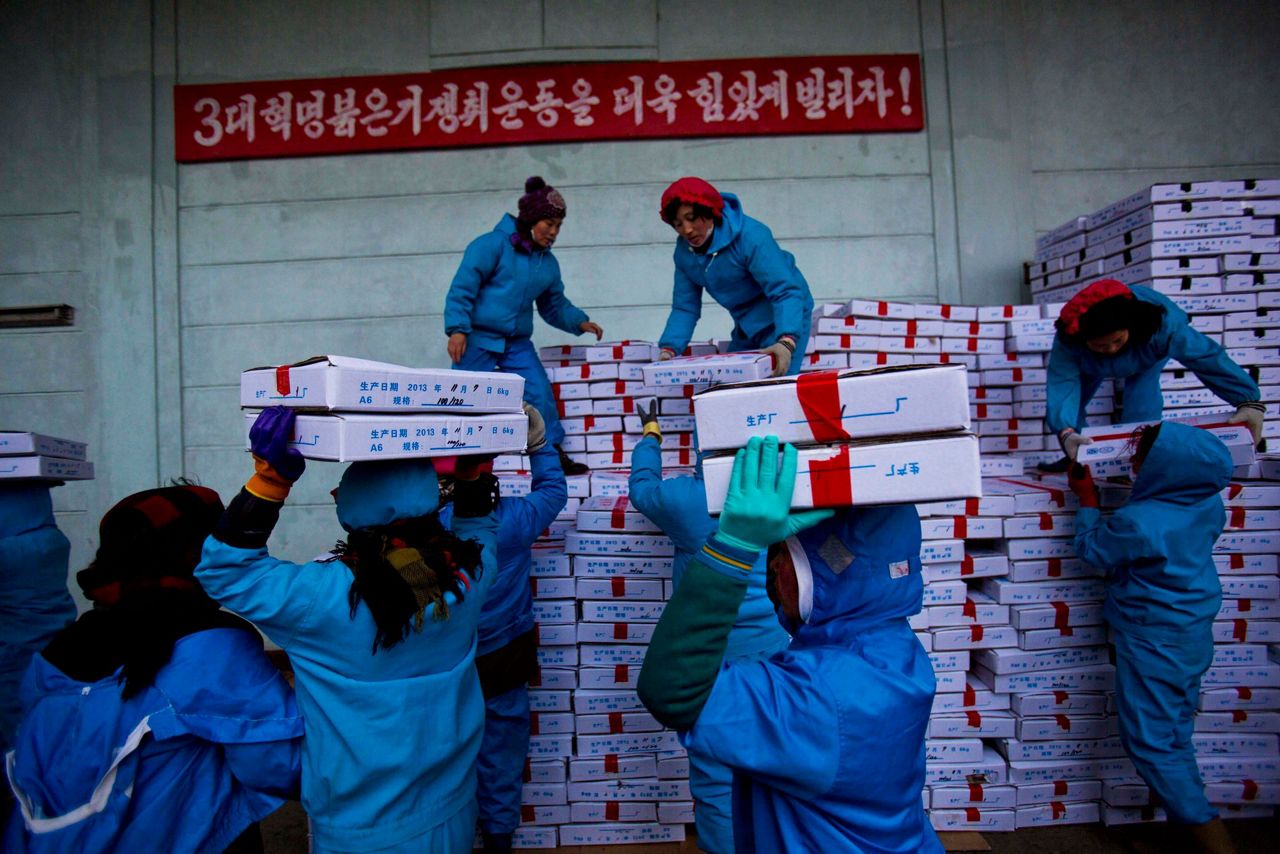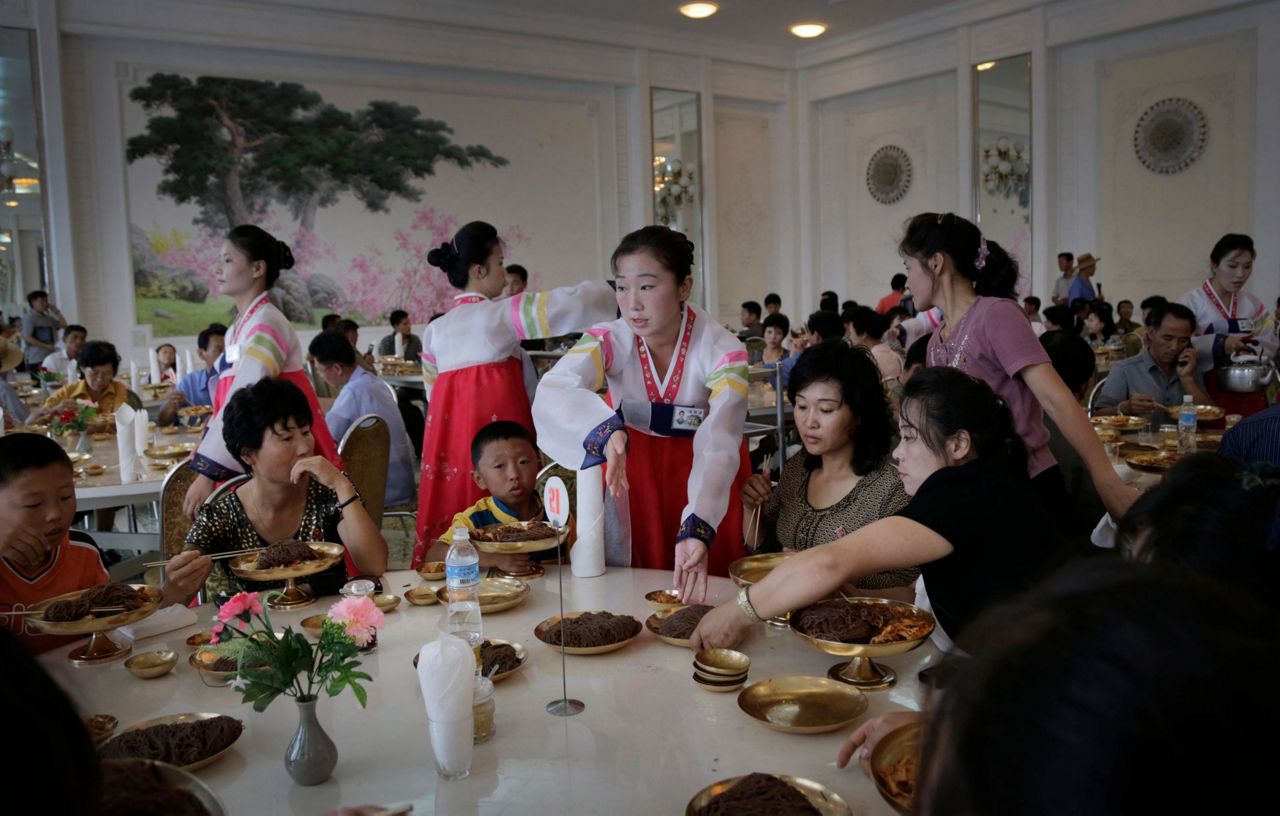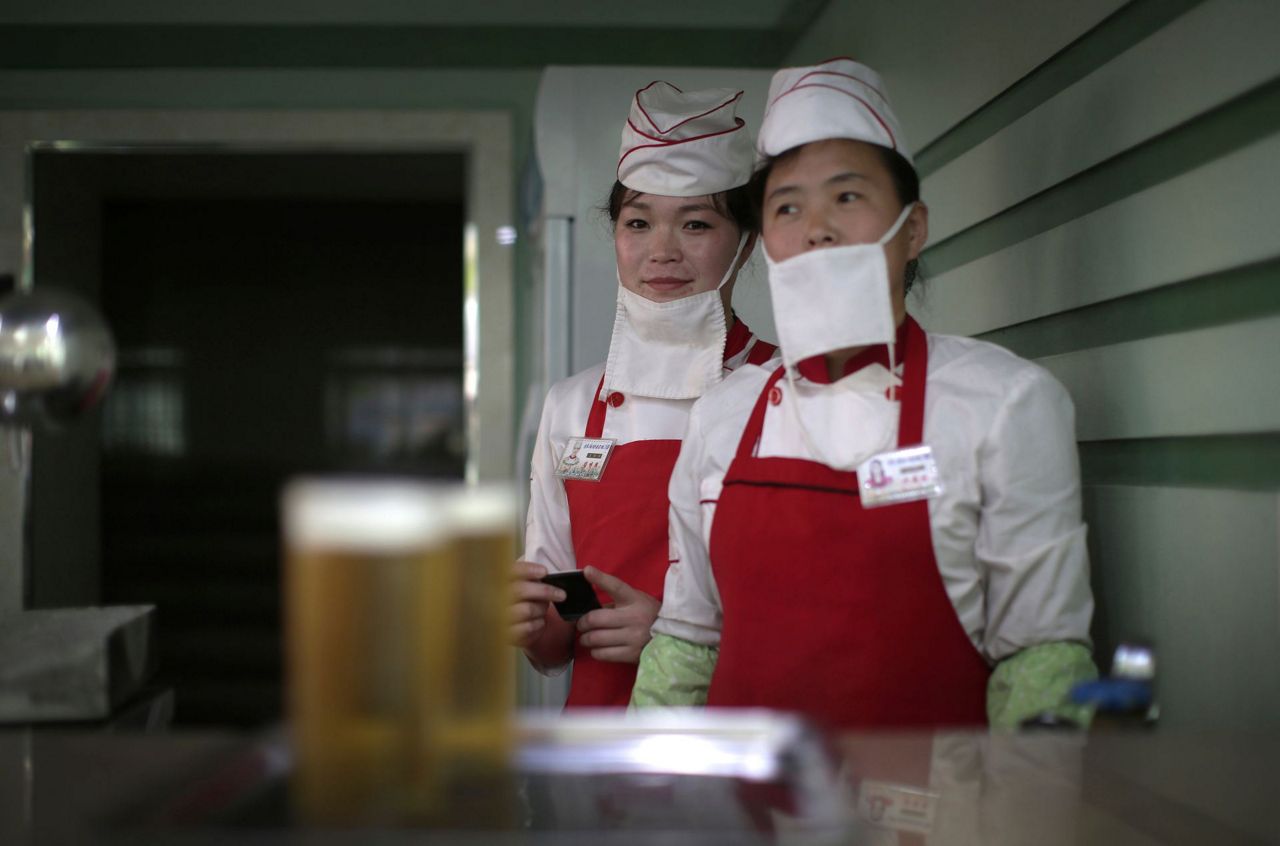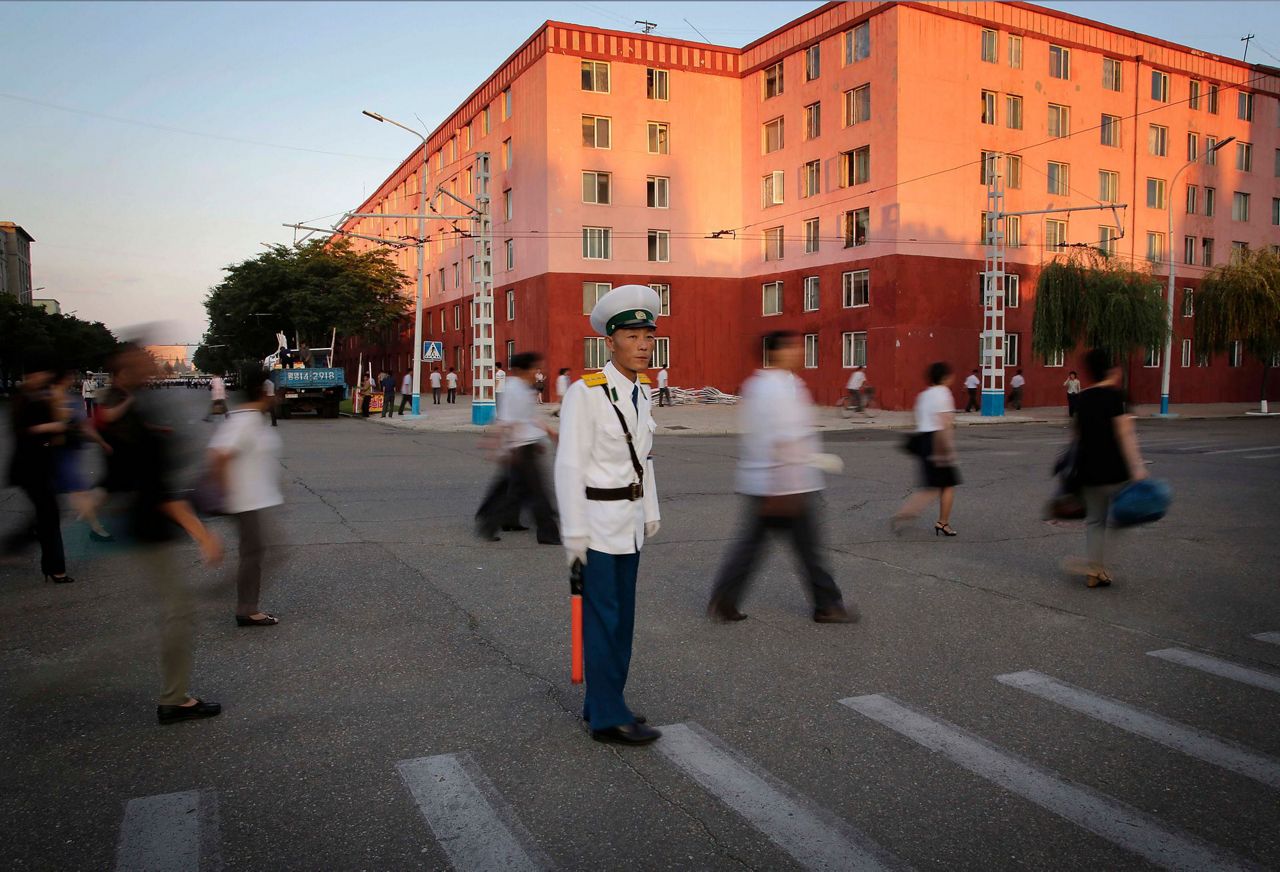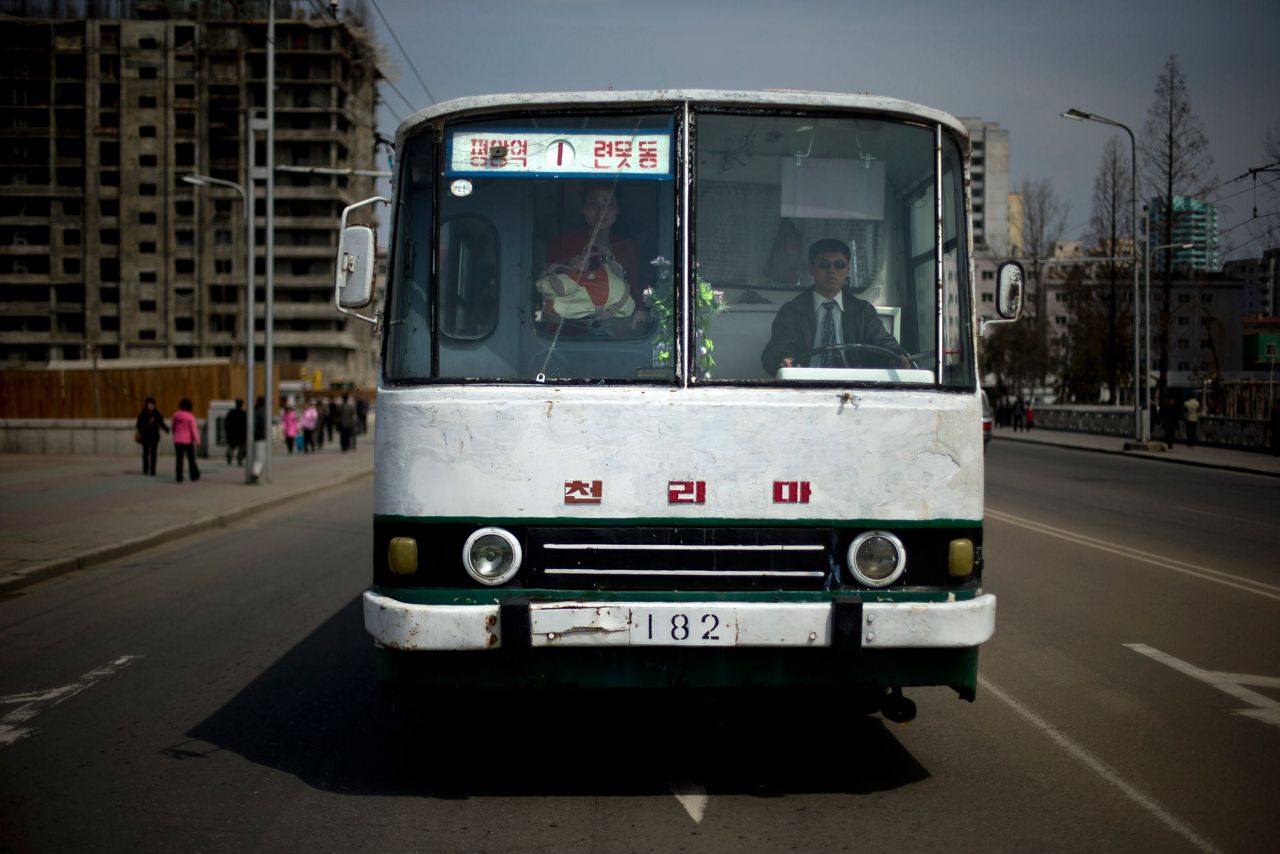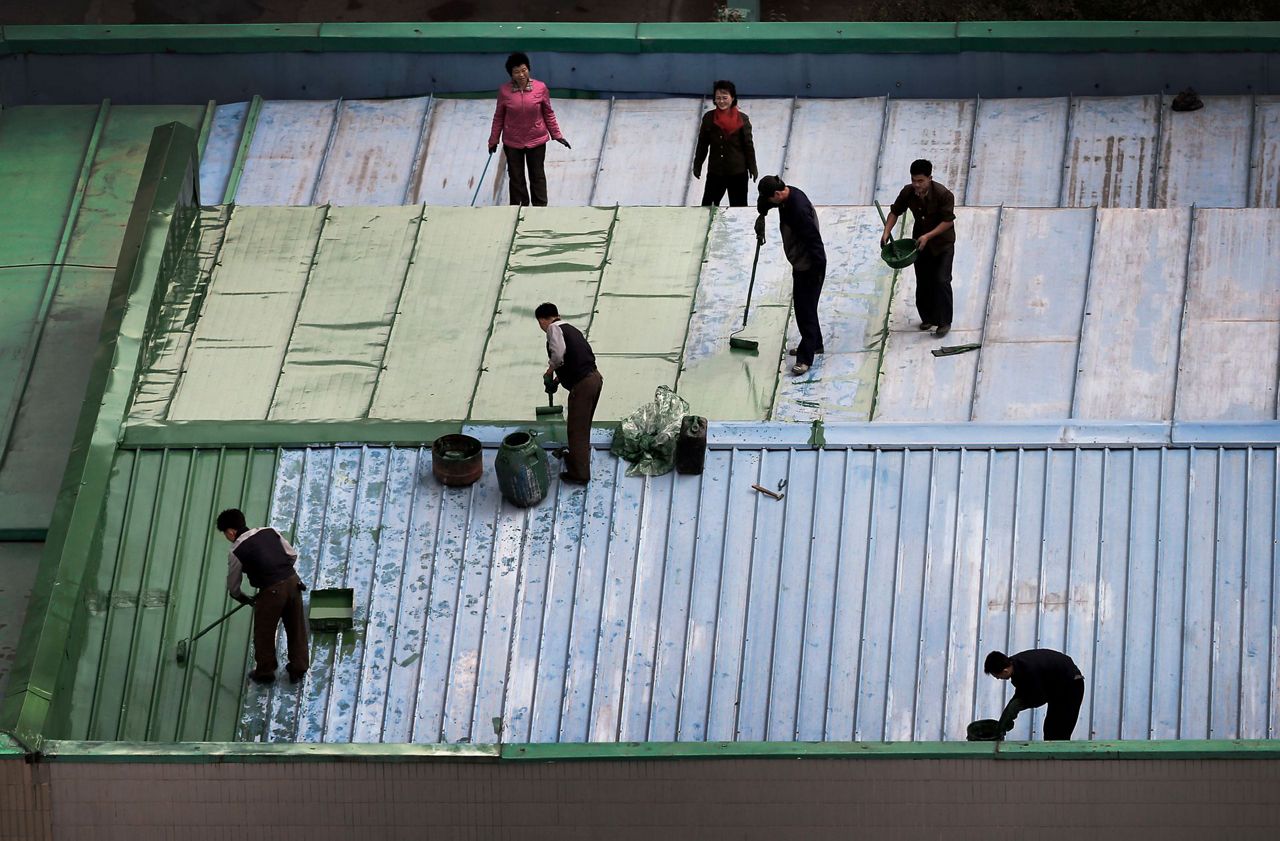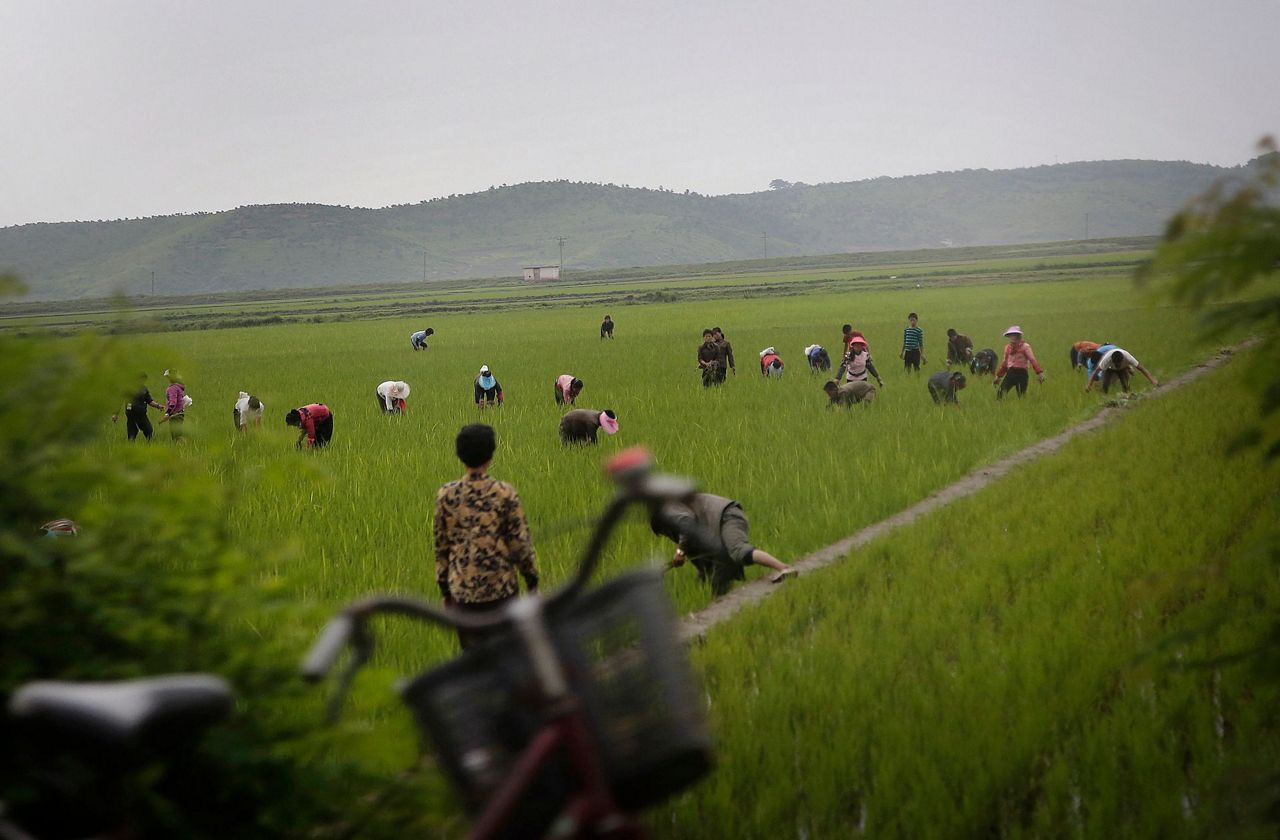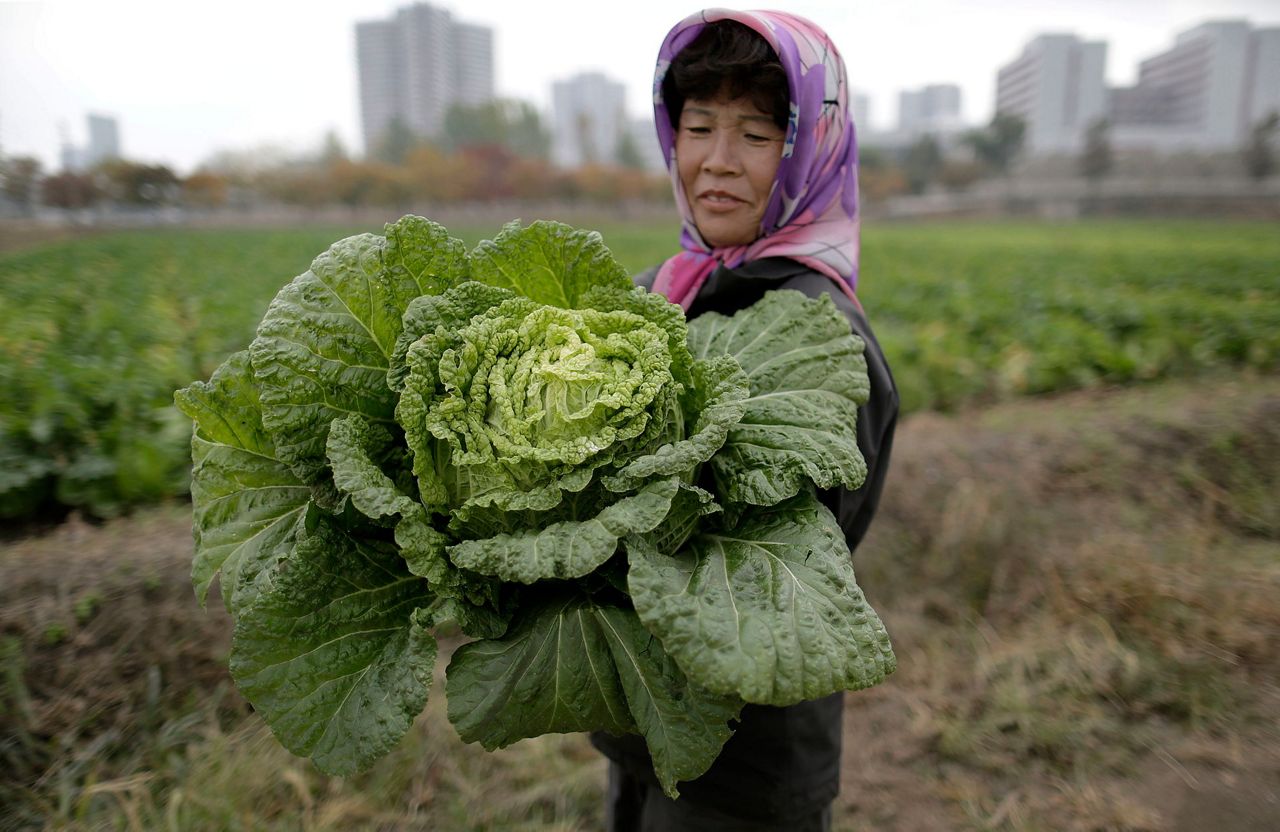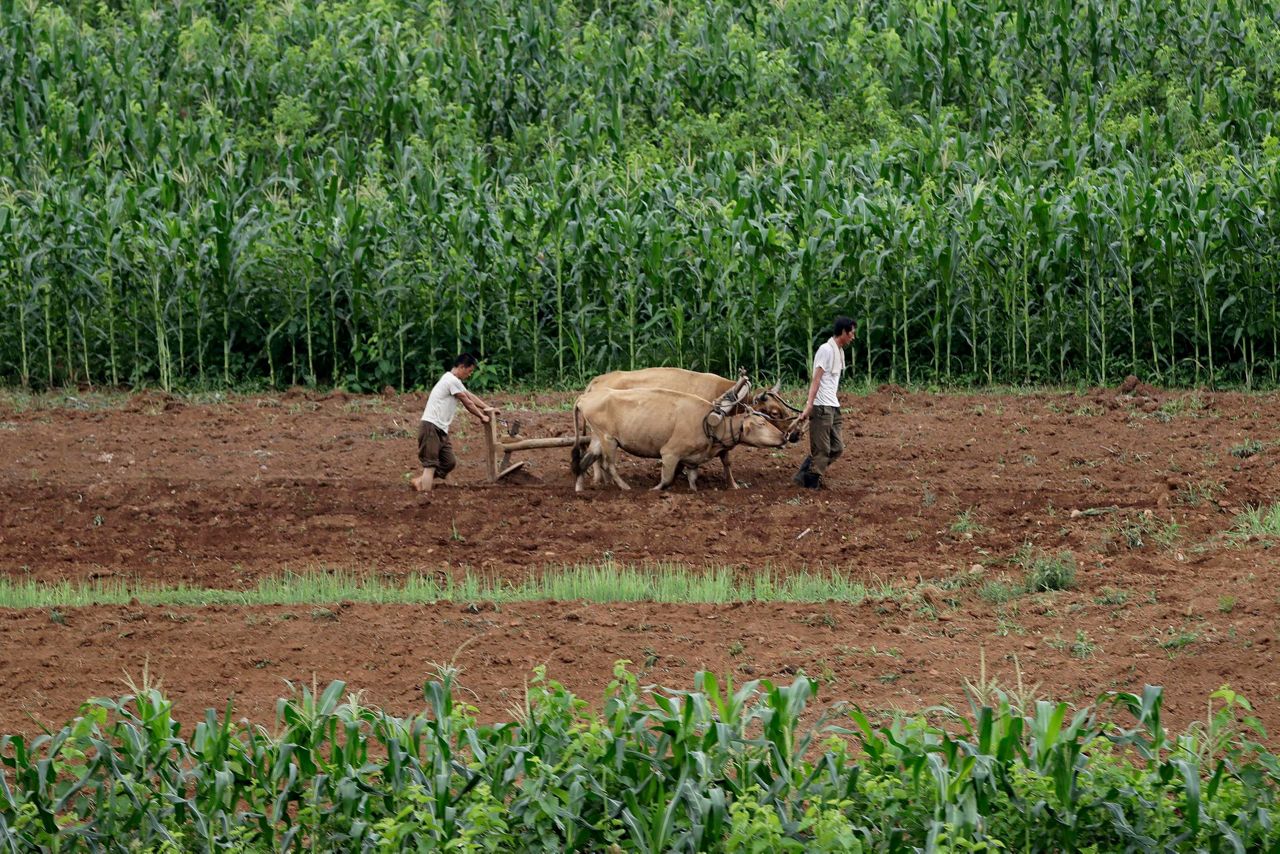North Korea has gone through a tremendous metamorphosis since leader Kim Jong Un assumed power after the death of his father late in 2011. What were once vacant lots or neighborhoods of traditional houses have been transformed into blocks of huge skyscrapers dedicated to the nation's nuclear scientists, or its rocket engineers, that tower over the capital of Pyongyang. Street stalls offer fresh fruits and vegetables, even pancakes or hamburgers. There are almost enough taxis to make the city's famed women traffic controllers obsolete.
The nation has, at the same time, continued to struggle to provide all of its people with such basic necessities as a balanced diet. Plagued by shortages of power and consumer goods, its economy was surpassed decades ago by its capitalist neighbors in South Korea. It remains one of the least free countries in the world, with severe restrictions on access to the Internet, to any form of international communication or travel and information that hasn't been approved by the state. And, under Kim Jong Un, it has become a nuclear power, with long range missiles capable of reaching the United States.
As Kim emerges from his six years of self-imposed isolation, holding summits with neighbors and, for the first time ever, U.S. President Donald Trump, a country that had for so long seemed somehow dormant is now beginning to rumble back onto the world stage.
What path will North Korea take? For now, perhaps only Kim Jong Un himself knows the answer.
WORKERS
As the heroes of socialist propaganda, they are depicted as a self-sacrificing, proud proletariat upon whom the weight of the nation depends. But the life of the worker in North Korea has never been easy.
Copyright 2018 The Associated Press. All rights reserved. This material may not be published, broadcast, rewritten or redistributed.



